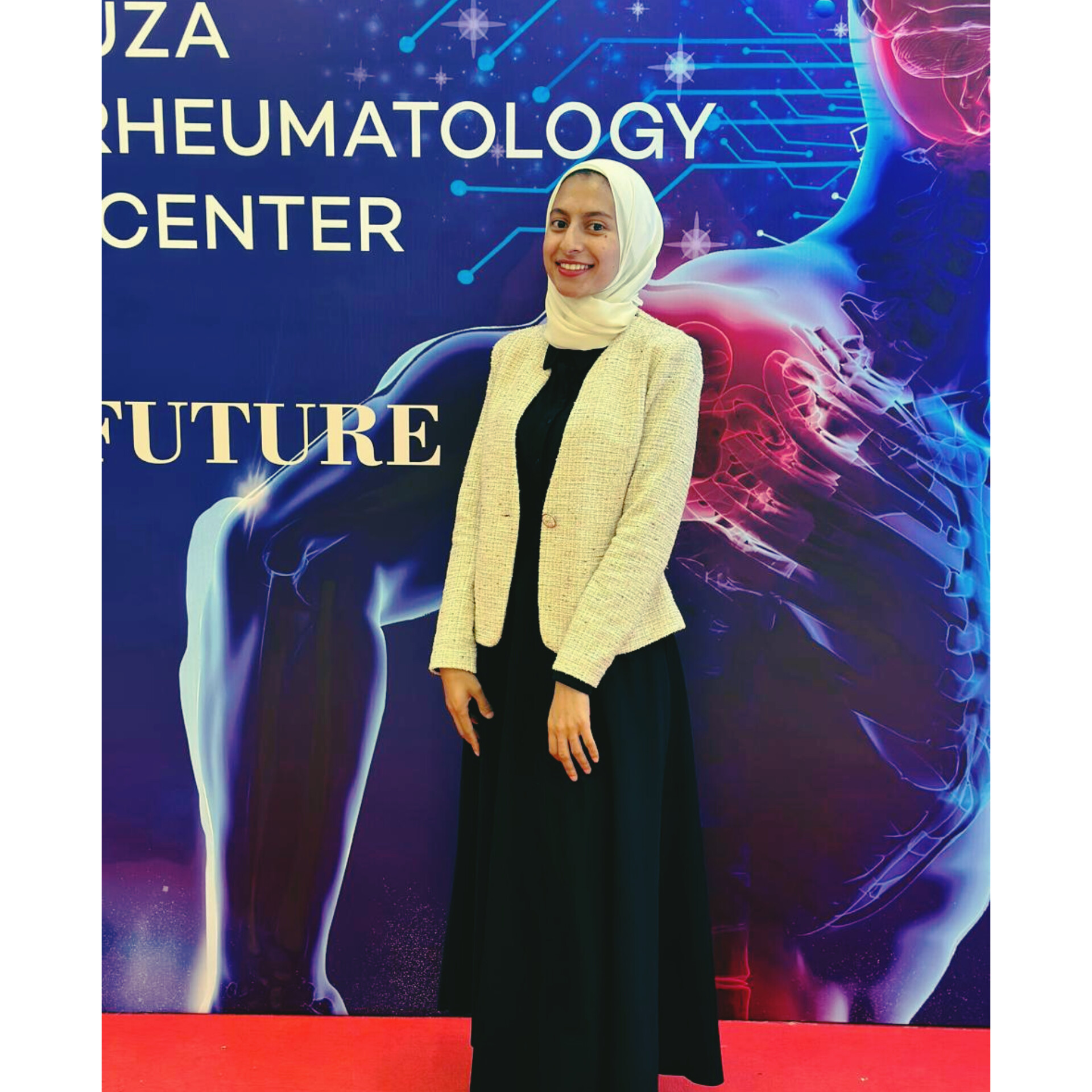The interview

Asmaa Salama, Egypt
What is your profession?
I am an orthotist from Egypt, working at Aguza Armed Forces Rehabilitation Centre.
How is the rehabilitation treatment of spine diseases managed in your country?
First, the MD doctor diagnoses the patient after looking at the patient's MRI or X-ray, then prescribes the required medication, physiotherapy sessions, or surgery in late and severe cases.
Scoliosis: how is it treated?
I have about two years of experience in this field, and from what I see, there is a considerable lack of scoliosis awareness among patients and, sadly, among clinicians. In the last few years, different scoliosis exercise schools started to spread in Egypt, which resulted in an increase the number of certified physiotherapists, especially schroth courses, but the number is still small and concentrated in limited areas in Egypt, for example, Cairo, which makes it rare to find schroth certified physiotherapists outside Cairo. Same with braces. The well-known braces are the old symmetrical Boston braces, which were inefficient and revealed unsatisfactory outcomes as well as poor results. Other cheneau braces are confined to specific locations and are extremely expensive.
Another flaw is that it is uncommon to find a doctor with knowledge of SOSORT recommendations or background in scoliosis conservative therapy in general, which causes a significant gap between doctors, physiotherapists, and orthotics instead of being one team and consulting each other. Furthermore, a lack of knowledge of necessary assessment and examination steps, as well as relying solely on the Cobb angle for treatment decisions without taking into account other parameters or factors, has a severe impact on the patient.This causes a major problem because the doctor is the first consultant for parents when they doubt that their child may have scoliosis or when they detect something unusual about their child's back shape.
When the doctor is unaware of SOSORT guidelines or the efficacy of conservative treatment, he will only discuss two options with the parents: either wait and see or surgical treatment depending on the Cobb angle, or refer the patient to uncertified physiotherapists or prescribe an ineffective brace type for the case, which all lead to worsening.
What aspects of actual clinical practice would you like to see improved in your country?
1. Do scoliosis screening in schools and clubs to discover cases as early as possible so we can eliminate the chance of surgery if we discover it earlier. I already tried to take steps towards screening, but due to complex administrative rules, it has been postponed until now.
2. Increase the awareness of conservative treatment and SOSORT guidelines between physicians and the general population
3. Establish the protocol with certain steps to do a complete examination of the patient to detect a suitable treatment plan for the patient.
4. Raise awareness of the importance of a multidisciplinary team and that they should work together towards the benefit of the patient.
What do you believe you can learn from this course, and how can you use the new concepts in your regular clinical work?
Of course, from the first module, it was a great begining to start with assessment and evaluation of the patient, which is really missing in daily clinical practice. Also, it is really helpful to learn from experts allover the world in one online course, in addition to the discussion topics that really target critical situations any scoliosis practitioner may face.
From my point of view, I had many difficult cases, and with the help of this course, I managed to deal with them and make a decision about whether the patient needed further examination with the physicians or if a brace was contraindicated for this case.

